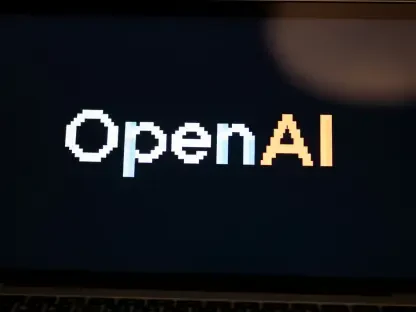In the ever-changing landscape of technology, businesses constantly seek ways to outpace the competition and foster innovation. Generative AI infrastructure tools play a crucial role in empowering companies to harness artificial intelligence and revolutionize operations. Amidst increasing demand for seamless AI-driven processes, these tools offer transformative possibilities that can redefine industries. This review delves into the top generative AI infrastructure tools available, providing insights into their capabilities, performance metrics, and implications for future development in the sector.
Understanding Generative AI Infrastructure
Generative AI infrastructure represents a set of tools and technologies enabling AI systems to produce content, designs, or solutions with minimal human intervention. Key components include machine learning models, computational frameworks, and integration interfaces. These infrastructures have emerged as indispensable assets in today’s technological ecosystem, underpinning everything from creative industries to complex data processing tasks. Their relevance lies in their ability to support diverse applications, streamline operations, and foster innovation.
Significant Features of Generative AI Infrastructure
Integration Functions
Integration capabilities in generative AI infrastructure tools play a pivotal role in their effective deployment. By seamlessly connecting with existing systems or cloud environments, they ensure smooth transitions and compatibility with legacy systems. Tools like Vertex AI and AWS Bedrock exemplify robust integration, enhancing user experience and operational efficiency. Integration impacts performance dramatically, offering businesses agility in adopting AI technologies without hindering ongoing operations.
Scalability and Performance
Scalability is the cornerstone of generative AI infrastructure. It enables companies to handle substantial AI workloads and expands capacity in response to growing demands. Platforms like Google Cloud AI Infrastructure and Nvidia AI Enterprise shine with their scalable solutions, accommodating vast data and varied applications with ease. Scalable infrastructure is vital for meeting industry needs, and exemplary performance ensures businesses can deploy models at speed and scale, optimizing workflows effectively.
Recent Advances and Emerging Trends
The generative AI landscape has witnessed numerous advancements, significantly shaping the industry’s direction. Innovations such as multi-model access and hybrid development environments have gained traction, offering businesses flexible model selection and deployment options. AWS Bedrock’s ability to switch among different models highlights this trend, providing adaptability and choice. Furthermore, industry shifts toward compliance frameworks ensure that security and privacy are foundational pillars, addressing consumer concerns head-on.
Practical Applications Across Sectors
Generative AI infrastructure tools have found widespread adoption across various industries, driving digital transformation at unprecedented levels. Sectors such as healthcare, finance, and creative arts have embraced the technology for its ability to automate complex processes and generate valuable insights. Businesses leverage these tools to enhance customer experience, streamline operations, and gain competitive advantages. Notable implementations demonstrate the technology’s versatility, showcasing successful real-world applications and fostering confidence in AI-driven innovations.
Challenges and Obstacles
Despite promising developments, generative AI infrastructure tools face obstacles and challenges that hinder widespread adoption. Technical issues such as model optimization and integration complexities require ongoing scholarly and industrial efforts to overcome. Regulatory concerns associated with data privacy and compliance further complicate deployment, necessitating stringent adherence to frameworks like GDPR and HIPAA. Addressing these challenges remains critical to unlocking the full potential of AI infrastructure solutions.
Prospective Evolution of Generative AI Infrastructure
Looking ahead, generative AI infrastructure tools promise exciting breakthroughs to shape the future of technology. Anticipated developments include heightened multi-cloud compatibility, minimizing vendor lock-in, and allowing business continuity. Continued focus on customizable solutions will ensure tools adapt gracefully to specific market needs, driving innovation across sectors. Societal impacts foresee generative AI influences reshaping industries, offering enhanced solutions and transformative opportunities.
Recap and Assessment
The 2025 review of generative AI infrastructure tools provides a glimpse into their transformative potential in reshaping industries. While challenges persist, significant advancements highlight the robust capabilities and performance of these tools, paving paths for future innovation. Businesses venturing into AI integration must weigh factors like integration, scaling, and financial implications to harness successful adoption. Exemplifying diverse tools, the review underscores the compelling aspects and foundational features poised to drive the next wave of AI-driven solutions.









